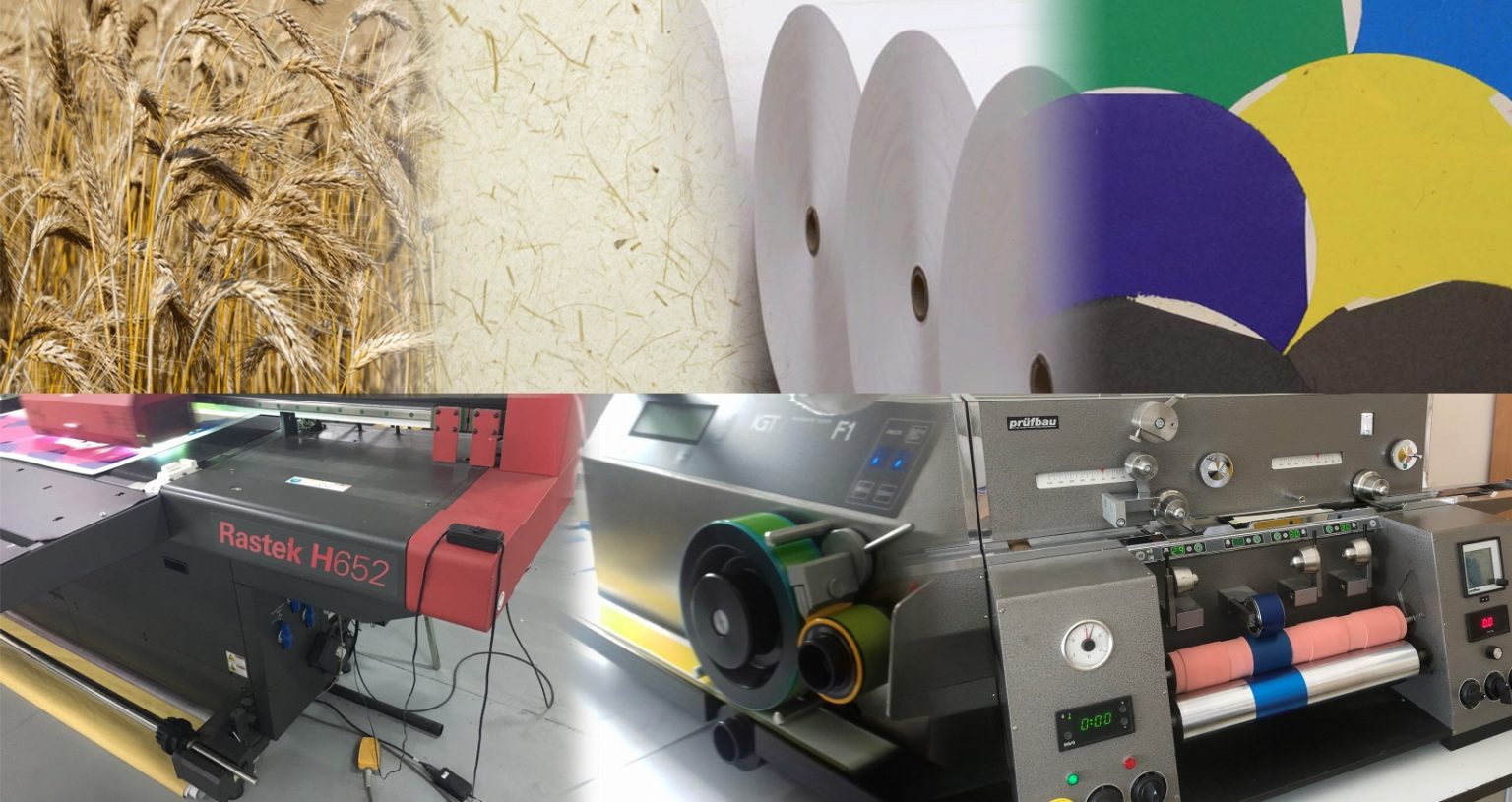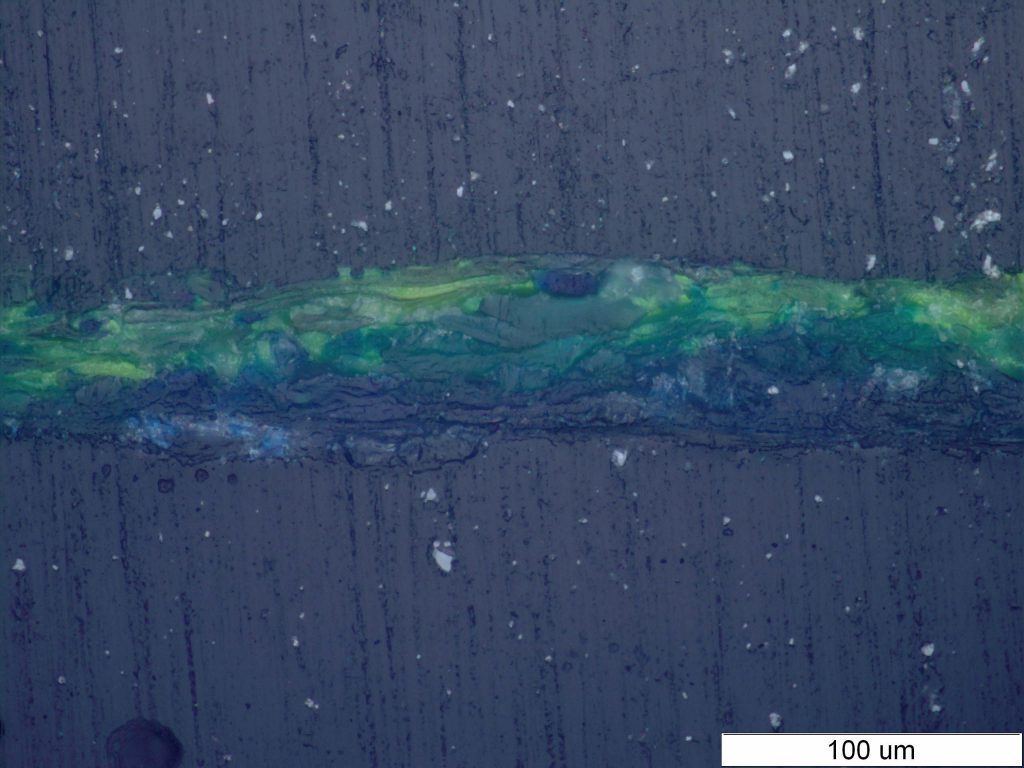Asst. Prof. Irena Bates, PhD
Printability, quality and utilization of substrates with non-wood fibres

| Project code: UIP-2017-05-2573 |
| Institution: University of Zagreb, Faculty of Graphic Arts |
| Project duration: 08 January 2018 – 07 January 2023 |
| Project website |
In the paper industry, one of the largest and fastest growing industries in the world, cellulose fibres are the basic raw material for paper production. In the cellulose and paper industry, the use of less environmentally friendly synthetic materials is decreasing, and the use of natural sources or lignocellulose materials is increasing. Wood is still the most commonly used raw material in the world’s paper and pulp production, but due to the irrational continuous exploitation of that natural resource, its availability has drastically decreased. As deforestation reduces the availability of wood raw material and the use of paper products is increasing in parallel to the rise of the world’s population and their living standard, it is crucial for the paper and printing industry to find new sources of virgin cellulose fibres. The aim of this research project is to assess the possibility of using non-wood fibres obtained from straw cereals grown in Croatian fields (wheat, barley and triticale) for the production of innovative printing substrate and its usability. Cereal straw, as an alternative to wood raw material, was selected as a potential raw material as it quantitatively follows wood raw material in terms of yield, price and sustainability.
Laboratory paper sheets made in laboratory conditions with different proportions of non-wood fibres from cereal straw are printed using the most common printing techniques (digital printing, flexographic printing, offset printing, gravure and screen printing) in order to assess their usability for future graphic products (publications, packaging, labels). Depending on the printing technique used, the physicochemical properties of the printing ink are modified in order to achieve quality reproduction of multicolour image and text. For high-quality image and text reproduction on a printed substrate, the range of light reflection is achieved by using halftone screens of cyan, magenta, yellow and black. The printability and usability of paper printing substrates with non-wood virgin fibres is observed through numerous qualitative parameters. The aim of this project is to provide recommendations and guidelines for new graphic products, which will enhance the field of graphic technology by smart utilisation of renewable resources. This approach will help prevent further exploitation of limited natural resources and environmental degradation, and ensure a more efficient use of renewable resources.

Irena Bates was born in 1978 in Zagreb, Croatia. After graduating from high school in 1997, she studied at the Faculty of Graphic Arts, University of Zagreb, graduating in 2003. She has been employed at the Department of Printing Processes of the Faculty of Graphic Arts, University of Zagreb since 2006. In 2008, she spent three months as a scientific trainee at the Faculty of Natural Sciences and Engineering, University of Ljubljana. She received her PhD in 2013 with the topic of her doctoral dissertation “Study of specific parameters of flexographic printing reproduction” under the mentorship of Assoc. Prof. Igor Zjakić, PhD. She participated as a researcher in the implementation of a research project funded by the Croatian Ministry of Science, Education and Sports. She is a member of the editorial board of the scientific journal “Acta Graphica” and a member of the organizing committee of the international conference “Blaž Baromić”.










